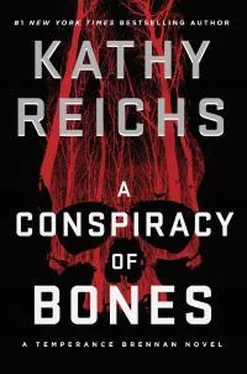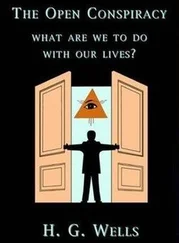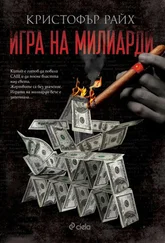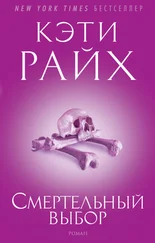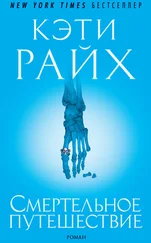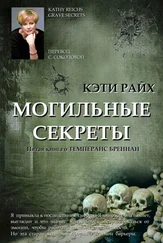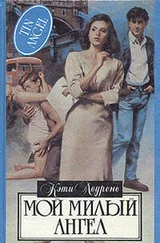“You got any better leads?”
Again, he said nothing.
“I have something that could resolve whether Vodyanov is the faceless man.”
“What?”
“I’ll explain on the way.”
A stretch of decidedly dubious silence. Then, “This better be good.”
Slidell tossed the printouts sideways. I caught them as he put the SUV into gear and gunned from the annex.
“You’re blowing my mind, doc. For years, you been preaching that DNA’s only good for comparing.”
“Until recently, that’s been the case. An unknown sample was useless in the absence of a ‘possible.’ A name. We had to know whose home or family to go to. Whose toothbrush to collect.”
“Yeah, yeah. I know the drill.” Circling a wrist. “Cops bag leftovers from a scene, a vic, or a suspect, then some lab rat compares the sequencing from that stuff to sequencing from stuff obtained from a known person. The profiles match or they don’t.” More wrist. “A billion to one this, a billion to one that.”
“Yes. Comparative results are stated as statistical probabilities that the materials came from the same individual or a related individual.”
“So what’s this face you got from Lizzie whoever?”
“Lizzie Griesser.”
“She produce those pics?” he asked, gesturing at the pages in my lap.
“And the profile.”
“Yeah?”
Interpreting this as interest, I took a moment to simplify in my head.
“The power of DNA is expanding beyond mere comparison. Lizzie and her colleagues have identified SNPs, single nucleotide polymorphisms—”
Slidell’s Ray-Bans swung my way. “Don’t do it, doc.”
“Think genes that affect facial features and shape, skin, eye, and hair color, that kind of thing.”
“You saying what I think you’re saying? They can tell an unsub’s race?”
“They prefer to think in terms of biogeographic ancestry.”
“Starting with just blood, semen, spit, sweat—the usual?”
“Yes.”
“I’ll be damned.” Clearly not interested in the specifics of methodology.
“Using algorithms and mathematical modeling—”
Slidell shot me another lose the jargon frown.
“—which are beyond my ability to explain, they generate a composite image of the unknown subject.”
“Like those little beauties.” Another thumb jab at the pages I’d printed.
“The technique is called DNA phenotyping.”
“It works?”
“It’s been used to successfully ID suspects in several cases that I know of, including serial killers in Louisiana and California and a double murderer right here in North Carolina. The NCMEC is starting to use images from Lizzie’s lab for their internet postings.” I was referring to the National Center for Missing and Exploited Children.
“News flash. They’ve been putting up sketches of unidentified kids for years.”
“Facial approximations derived solely from skull features. Usually in black-and-white. The DNA-based reconstructions are more detailed, more lifelike, and in color.”
“Why isn’t every coroner and cop shop in the country jumping on this?”
“It’s pricey.”
“That why you leaned on your BFF?”
“Lizzie and I support each other professionally.” Curt. Though, in fairness, Skinny was right.
I lifted the top sheet and studied the face for the hundredth time. It was realistic enough, though overly symmetrical in the way of all computer-generated portraits.
The man stared straight ahead, features devoid of expression. His eyes were bluish gray and close-set, his nose prominent and narrow throughout its length. His upper lip was unusually long, the philtrum strikingly deep.
The man’s skin was pale, his brown-black hair cropped short in back and above the ears, details observable on the corpse. Though facial hair is anybody’s guess, Lizzie had gone with medium brows and clean-shaven jaws and cheeks showing moderate shadowing.
Below the image, colored bar graphs put the man’s skin color in the very fair to fair range, his eye color in the blue to green range, and his hair color in the brown to black range, all with greater than 90 percent confidence. The program was equally certain the man had no freckles.
A box to the upper right of the face contained a map highlighting countries in northern and eastern Europe. Colored boxes below the map identified probable ancestry as European: Eastern: 76.37%; European: Northern: 20.98%.
The faceless man was definitely not of Asian heritage.
“Want me to explain how they arrived at the profile?” I asked Slidell.
“No.”
Alrighty.
Ninety minutes of humming highway, then we pulled into a small parking lot off a street called Sally Anne Lane that cut south from NC Business 40. We were just east of Winston-Salem. I think. Lost in thought, I hadn’t paid much attention.
Sparkling Waters Ashram looked like a cross between a resort in Goa and a summer camp in Sheboygan. Brightly painted buildings with elaborate wood trim and peaked roofs sat among live oaks and pines, reasonably well-trimmed hedges, and gravel walking paths. Most buildings were single-story; one rose three floors. In the distance, mud-green water was doing its best to fulfill the promise of the facility’s name.
“Can’t accuse them of slacking off on security.” Slidell was eyeing the twelve-foot-high fence surrounding the grounds. A dome-roofed guardhouse stood sentry at its only gate.
Through the fencing, I could see people sitting on vibrantly colored Adirondacks or on the lawn, others strolling the paths. They wore light summer clothing, yoga gear, or colorful robes or saris. Most were alone. One was in a wheelchair and accompanied by a man in white with the demeanor of an orderly or nurse. I admired the collective stamina. The mercury was at 92°F and climbing.
Slidell and I followed arrows pointing toward Administration , which turned out to be a one-story pink cinder-block box on the parking lot side of the fence. Kashmir carpets on the floor, Hindu and Buddhist art on the walls. A real mishmash. Buddha, Shiva, Vishnu, a portrait of Ganesha seated on a neon throne. Made me think of the small stone version of the elephant-headed god at home in my dresser drawer.
A receptionist looked up when we entered. A name bar on her desk said E. Desai .
“May I help you?” E. Desai was saggy-breasted and middle-age loose in the arms. Her eyes were brown, her hair black and slicked back into a lank braid. Though her feet weren’t visible, below her sari I knew were sensible sandals.
“We’re here to see Dr. Yuriev.” Slidell badged her, returned the holder to his pocket in one quick move.
“Is he expecting you?” E. Desai’s teeth were artificial and spectacularly white. She showed a lot of them while awaiting a response.
“He’ll see us.”
“May I ask what it’s about?” Dentition showing no sign of subsiding.
“No.” Slidell, face sweaty and flushed with heat.
That caught her by surprise. Taking advantage, I unfolded and laid the composite on her blotter.
“Do you know this man?”
E. Desai looked down, and for the first time, the smile seemed to falter. Eyes resolutely not on us, she turned one shoulder, punched keys on her desk phone, and whispered, “I’m sorry to interrupt, but a police officer is asking to speak with you.”
Pause.
“A certain guest.” Very low, hand cupping the mouthpiece. Then words I couldn’t make out.
E. Desai was cradling the receiver—gingerly, as though it might break—when I felt a change in the air pressure at our backs. We turned.
A man stood eyeing us dispassionately. Through the open doorway framing him, I could see a carved and painted wooden desk. On it, a bronze of Rabindranath Tagore, the Indian philosopher and poet. Facing it, a pair of mahogany chairs upholstered in red velvet. Behind it, a chair whose back brought to mind a male peacock in full display. Behind the chair, ivory inlaid shelving displaying a collection of brass and silver objects. An Agra rug on the floor. Stacked silk-covered cushions in one corner. The office appeared designed to persuade visitors they were actually in turn-of-the-century Jaipur.
Читать дальше
